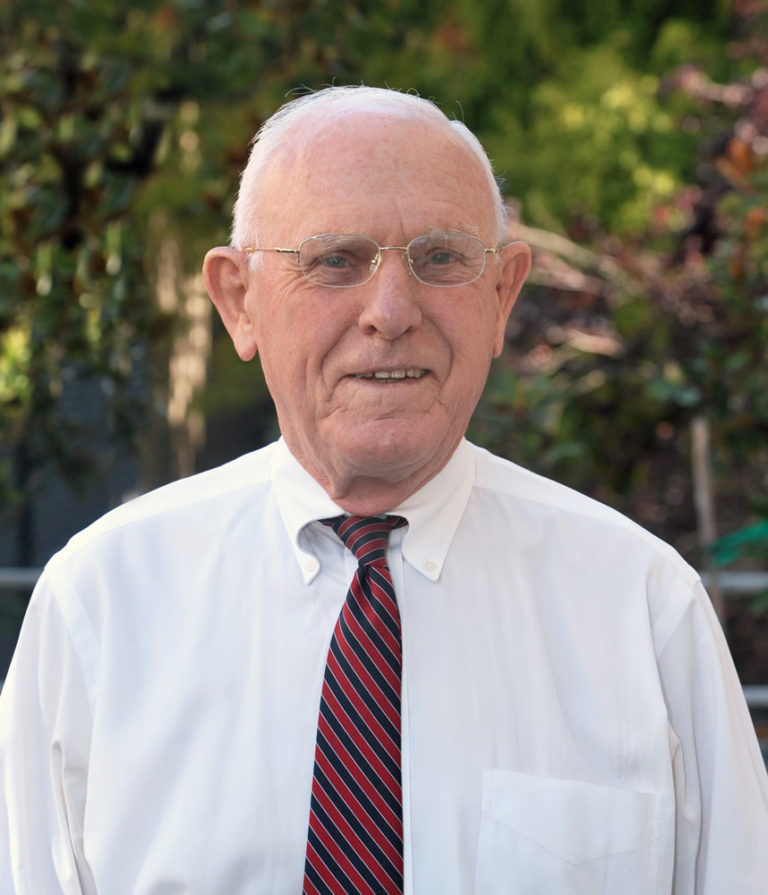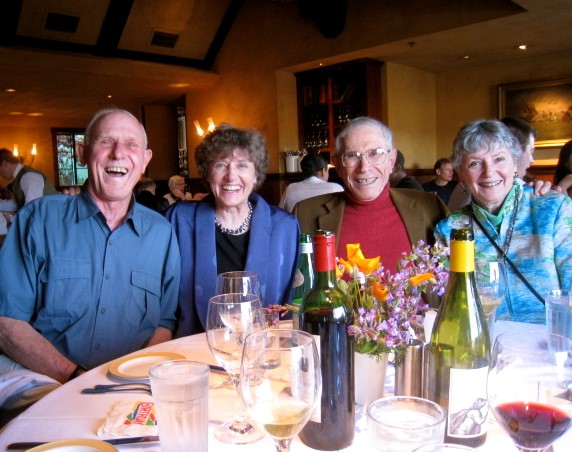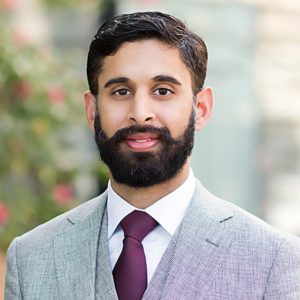The CPMC Ophthalmology Department has a long history of contributions and leadership from pediatric/strabismus specialists dating to the early 1960’s when financial support from the Lions Eye Foundation, initially restricted to care for needy children, helped to create the Lions Eye Clinic, which evolved into today’s multi-faceted residency.

The earliest and most prominent leader was Dr. Arthur Jampolsky, Chair of the department, from 1966 to 1971. He established the Smith-Kettlewell Eye Research Institute, and pioneered many advances which have impacted international, national, and local practices. Dr Jampolsky’s major contributions were in strabismus, where his research questioned causes, consequences, and correction of strabismus. His further contributions include education of residents and fellows, administration of a clinical department as well as a research institute and participation in national and international scientific communities. He is also famously credited with putting the ‘S’ in the American Association of Pediatric Ophthalmology and Strabismus.
One of Dr. Jampolsky’s last fellows, Dr. Denice Satterfield recalls, “It was considered an honor to be trained by such giants in the field of strabismus. I gained this appreciation rather quickly as doctors from around the world came to have the honor of learning under our teachers. The Jampolsky Fellowship was not just Dr Jampolsky, but the other doctors and researchers at Smith Kettlewell, UCSF and CPMC including Dr Alan Scott, Dr Creig Hoyt, Dr Bill Good, Dr Susan Day and Dr. Chris Tyler to name a few. This was a very comprehensive Fellowship where one could select/choose one’s learning in any number of directions.”

Dr. Alan Scott, whose work developing Botox is described elsewhere, is also credited with pioneering work in strabismus treatments. His adaptation of botulinum toxin for medical conditions started with strabismus, and has expanded to include various spastic conditions, headaches, and even cosmetic problems. His work illustrates the novelty and creativity that has informed education and research in the department. Once again in Dr. Satterfield’s words,” Dr Alan Scott would calmly papoose a baby in his office with the parents in the exam room looking on, and deftly and confidently inject Botox into the medial rectus muscles of each eye, all the while the child is crying, the eyes are moving, the parents look on horrified and afraid, looking to me for reassurance.”
Dr Jampolsky’s personal research endeavors increasingly focused on clinical problems which he encountered in his own practice. Quickly, he became known as the strabismus authority, particularly with regards to adult strabismus. On his patient days, the hallway was filled with patients from all corners of the earth, many of VIP status, who never complained of the 4 hour waits and omnipresent students. Dr Jampolsky along with Dr Scott trained hundreds of fellows in strabismus who can be found in virtually all continents; residents from the programs of Stanford ( now California Pacific Medical Center), UCSF, Stanford-Palo Alto, Letterman Army Hospital, and Oak Knoll Hospital.

Dr. Susan Day, a pediatric ophthalmologist, chaired the department for 14 years while serving as program director. She was named Chief of the Division of Pediatrics in 1981. She was selected as President of the American Academy of Ophthalmology in 2005, the first woman to hold that esteemed position. Dr. Day received her medical degree from Louisiana State University School of Medicine and completed her residency and fellowship training at CPMC, at Great Ormond Street, London with Dr. David Taylor and studied with the renowned Dr. Marshall Parks in Washington, D.C. She was awarded the Marshall M. Parks Silver Medal from the Children’s Eye Foundation of AAPOS. Day’s emphasis on resident education and national reputation enhanced the department’s international status.
Many other pediatric ophthalmologists stand out. Dr. Taliva Martin served as Program Director, also conducting independent research. Dr. Charlene Hsu -Winges served as a gifted teacher who continues to be involved with resident education. Dr. David Sami practices at Orange County Children’s Hospital and Dr. Andrew Black practices in Baton Rouge. Dr. Jill Rotruck practices at Yale New Haven Children’s Hospital. Dr. Robert Johnson was a skilled teacher and clinician. Dr. Bruce Spivey, past Chair, has also been a leader in ophthalmology, including pediatric ophthalmology.

Dr. William Good served as Chief of Pediatrics from 2000 to 2021. A graduate of the University of Cincinnati College of Medicine, he completed his residency at UCSF and was a Jampolsky Fellow. He currently also serves as Editor in Chief of the Journal of the American Association of Pediatrics and Strabismus. Good is best known for his pioneering research that led to the development of a treatment for retinopathy of prematurity, a leading cause of blindness in children. He continues to be an active researcher at the Smith Kettlewell Eye Research Institute.
Dr. Azam Qureshi, from the Benioff Children’s Hospital, was named Chief of Pediatrics in the fall of 2021. He is a graduate of the University of Alabama School of Medicine, completed his residency training at the Medical College of Georgia and a fellowship at UCLA, Jules Stein Eye Institute.

The influence and reach of the volunteer faculty members of the Pediatric Ophthalmology and Strabismus Division is unique. Jampolsky fellows, numbering over 115, have made contributions across the US and in 15 foreign countries and we are particularly proud of the research, service, and education we have provided for the betterment of children.
